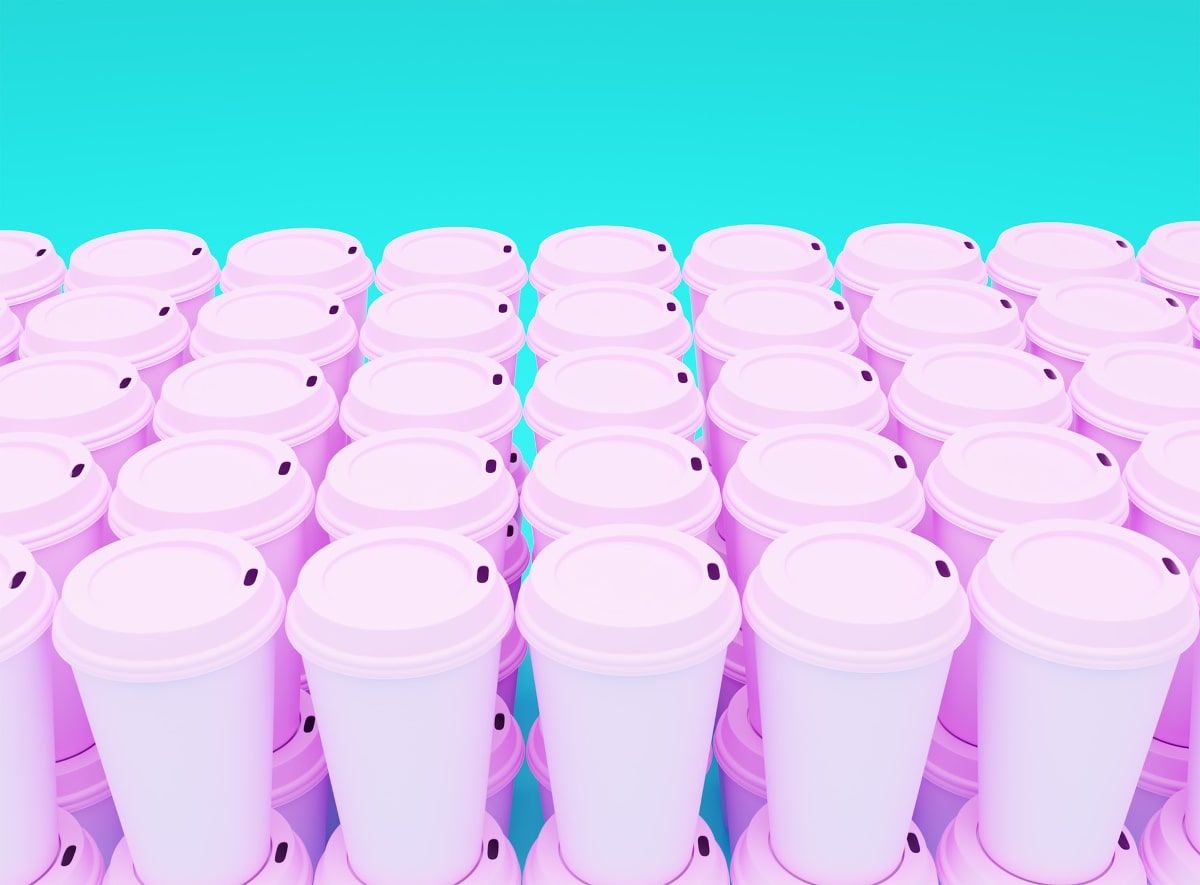Bioplastics as a Potential Biodegradable Alternative to Plastic Waste
Bioplastics are biodegradable materials from renewable sources. Their use is increasing and they are an excellent alternative to reduce the problem of plastic waste in the environment.





